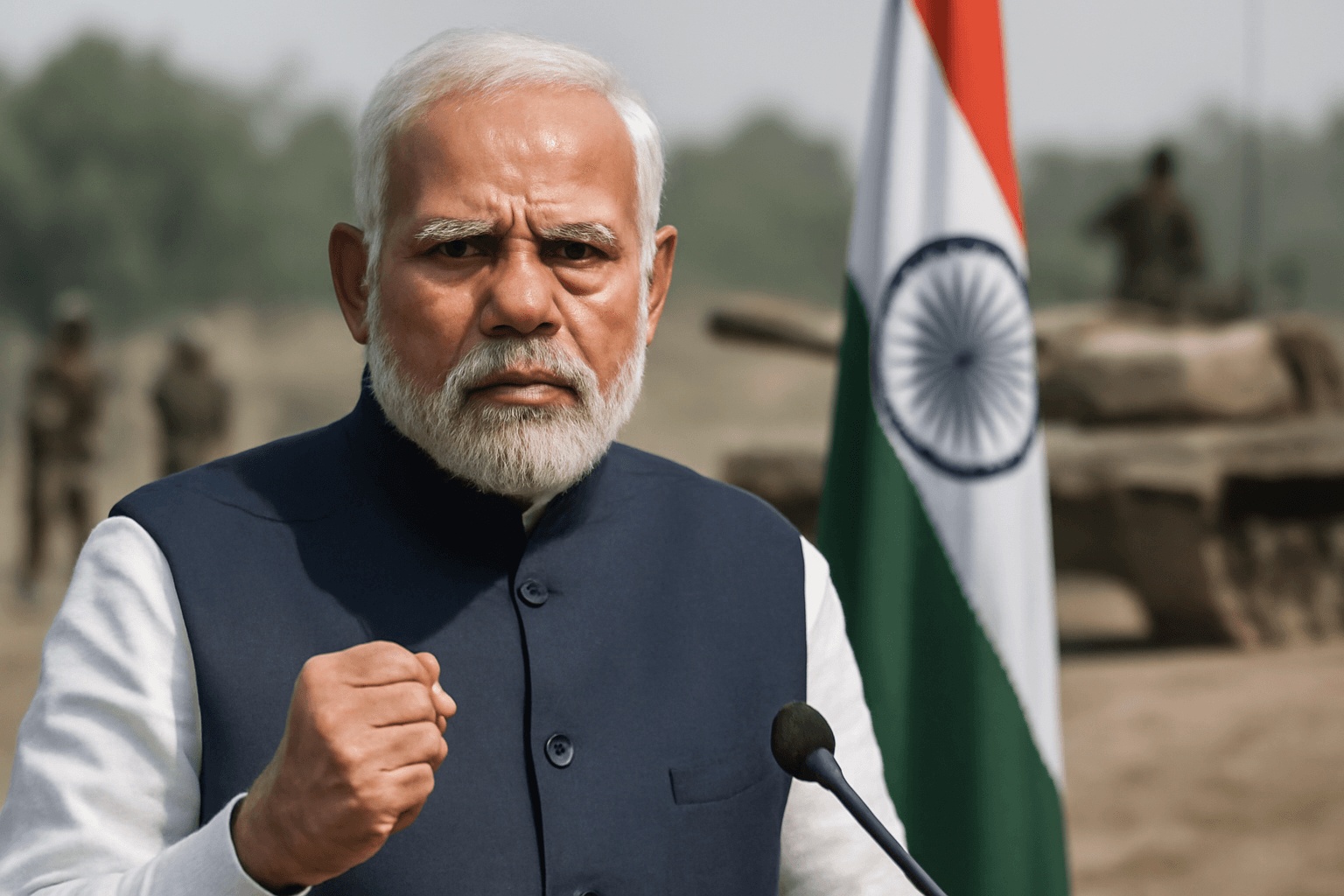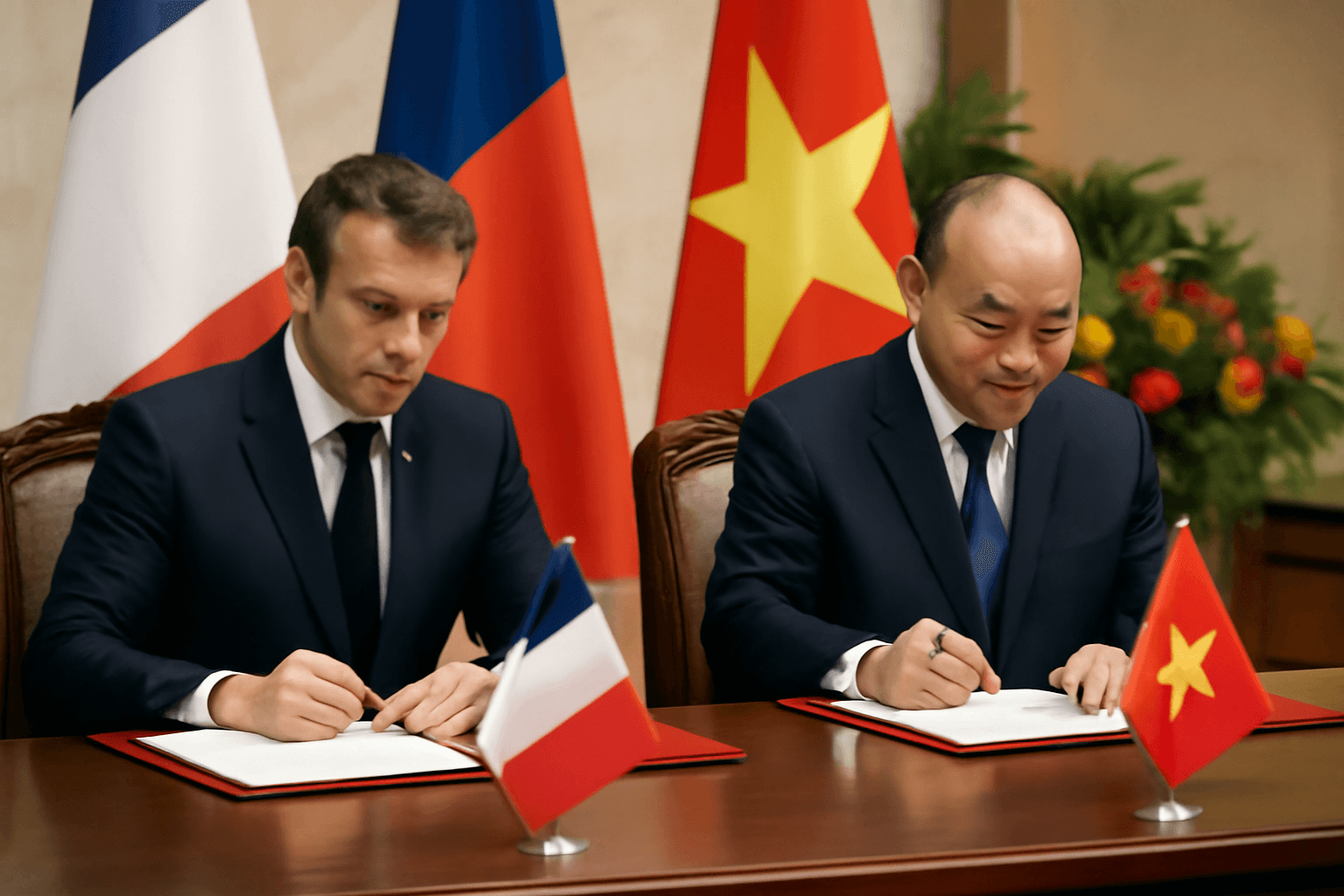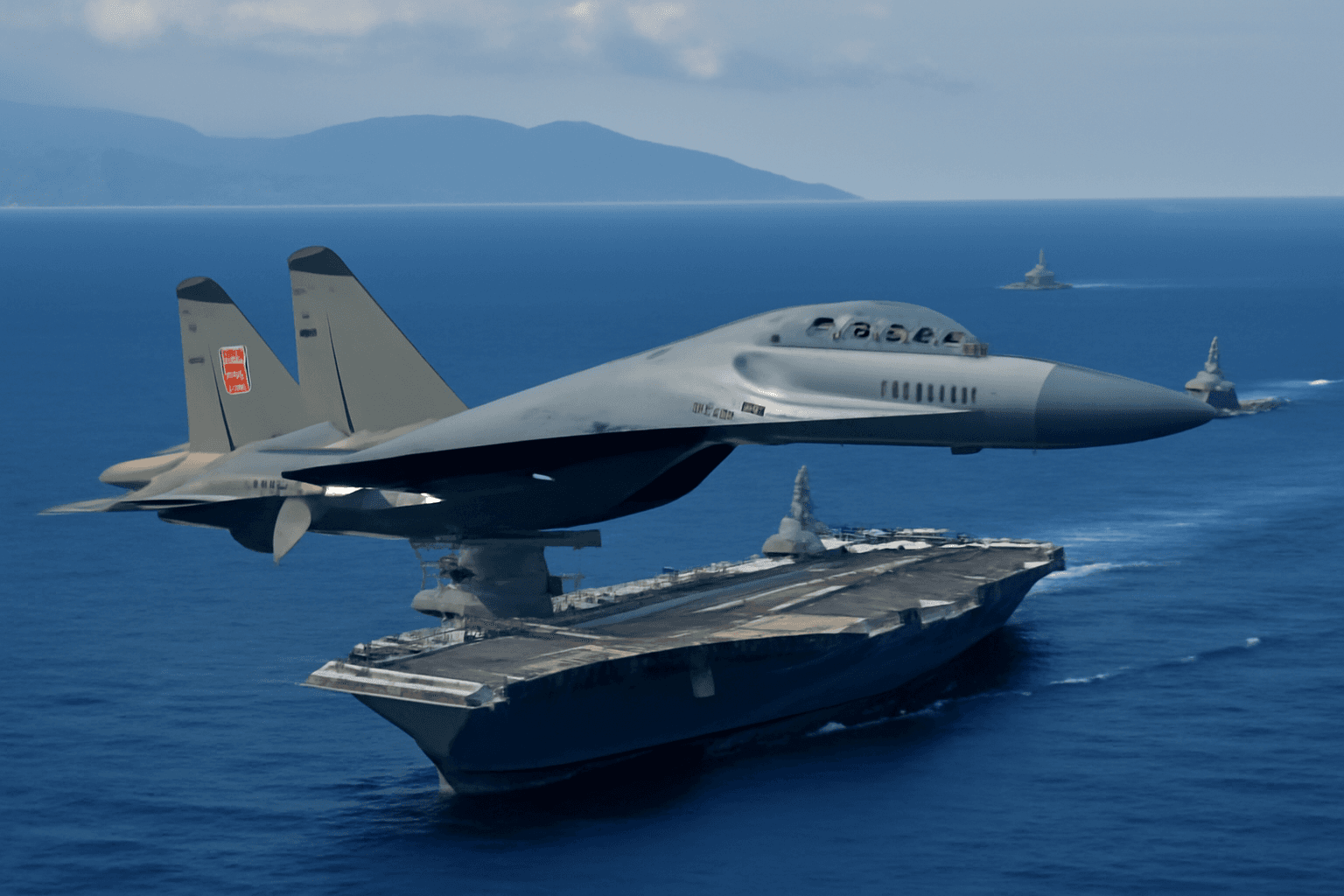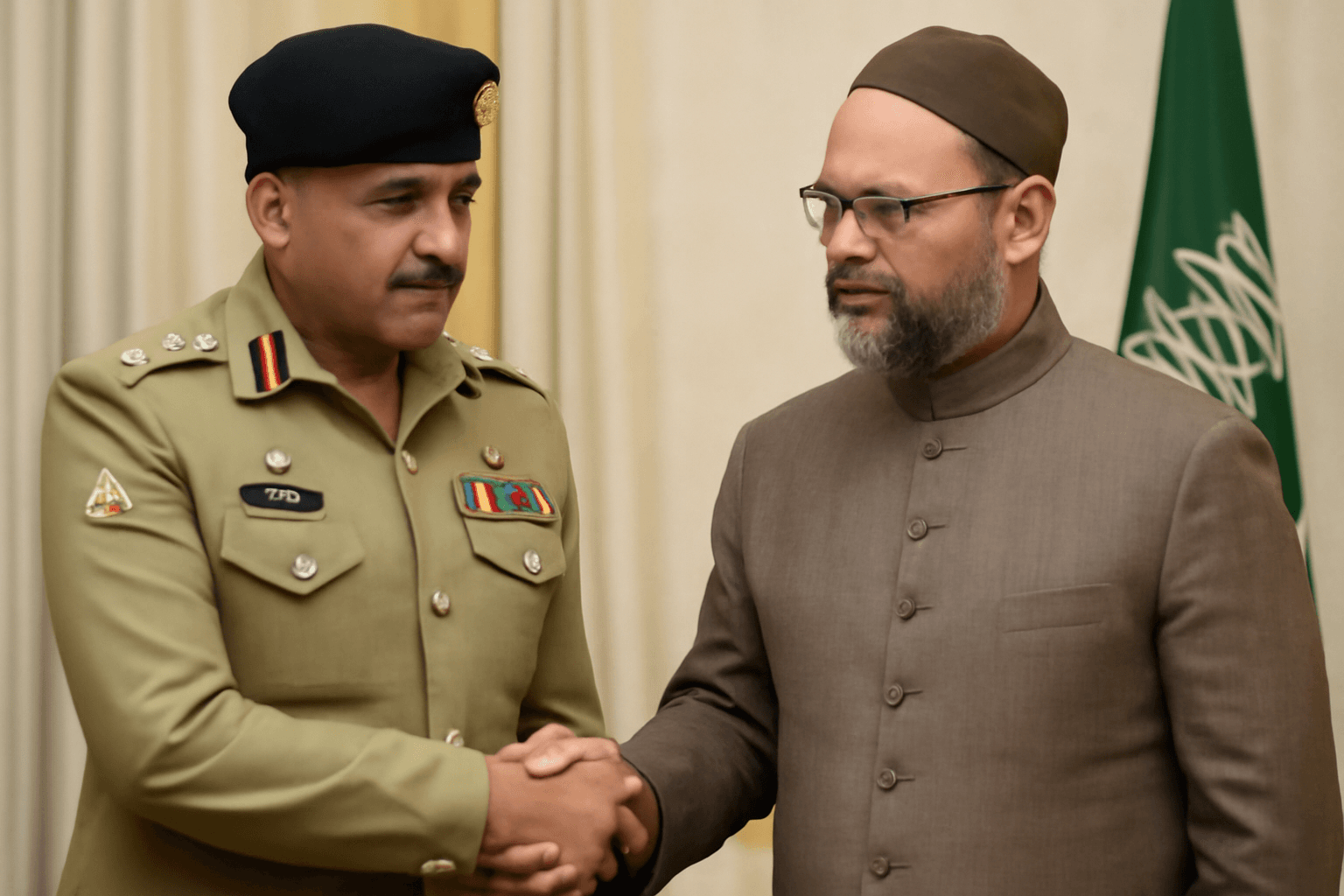US Expands Security Partnership with India
US Defence Secretary Pete Hegseth announced significant steps to deepen military cooperation between the United States and India. Speaking at the 2025 Shangri-La Dialogue, Hegseth highlighted ongoing initiatives aimed at reinforcing regional security and enhancing the strategic alliance within the Indo-Pacific region.
Deeper QUAD Cooperation to Counter Regional Threats
Hegseth emphasized the importance of enhancing collaboration within the Quadrilateral Security Dialogue (QUAD) to address the increasing challenges posed by China’s assertiveness. He described efforts to expand joint military exercises, such as Tiger Triumph, and improve interoperability among QUAD members as pivotal to maintaining regional stability.
Key Initiatives to Boost Defence and Logistics Capabilities
Among the initiatives highlighted, the Indo-Pacific Logistics Network stands out as a strategic effort to integrate logistics-sharing mechanisms among QUAD countries. Hegseth underscored the role of logistics as a critical factor in operational effectiveness, stating, “Rookies talk strategy, pros talk logistics.”
Another vital project is the Partnership for Indo-Pacific Industrial Resilience (PIPER), which involves 14 allied nations collaborating with the private sector to strengthen defence supply chains and industrial capacity. Hegseth announced the first PIPER project focused on establishing repair capabilities for P-8 radar systems in Australia. This initiative will also assist other regional partners such as New Zealand and South Korea in maintaining operational readiness.
A subsequent PIPER initiative aims to set standards for small unmanned aerial systems (UAS) and fortify supply chains for essential components, thereby enhancing resilience across member states.
Enhancing Readiness through Joint Military Exercises
Hegseth referenced ongoing joint exercises, including Towson Sabre with Australia and Cobra Gold in Thailand, which serve to increase the lethality and preparedness of allied forces. These drills not only improve combat readiness but also demonstrate a united regional front.
Strategic Outlook and Regional Responsibilities
Framing the US approach as pragmatic and rooted in mutual interests, Hegseth stated that the administration prioritizes sovereignty and collaborative self-reliance over ideological alignment. He called on like-minded allies to shoulder greater responsibility for maintaining security in the Indo-Pacific region.
Key takeaways from Hegseth’s remarks include:
- Strengthened US-India military cooperation through enhanced exercises.
- Expanded QUAD collaboration via logistics integration and shared defence initiatives.
- Launch of PIPER projects to improve industrial and supply chain resilience.
- Commitment to joint military drills enhancing regional readiness.
- Promotion of sovereign nation partnerships based on mutual interests.
Hegseth concluded by affirming that a robust and capable network of allies remains America’s chief strategic asset in the region, warning that China closely watches these integrated defence efforts with concern.










